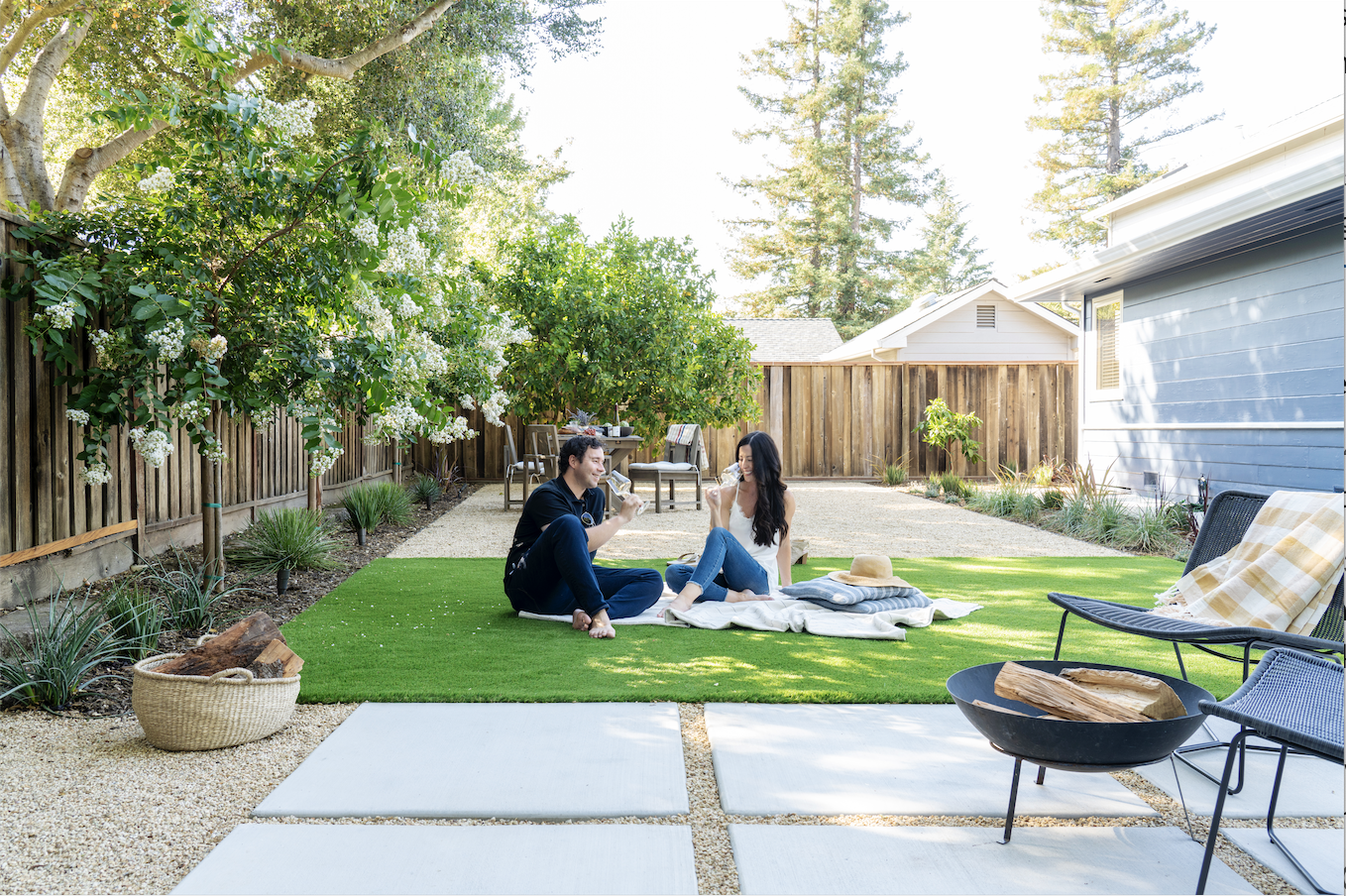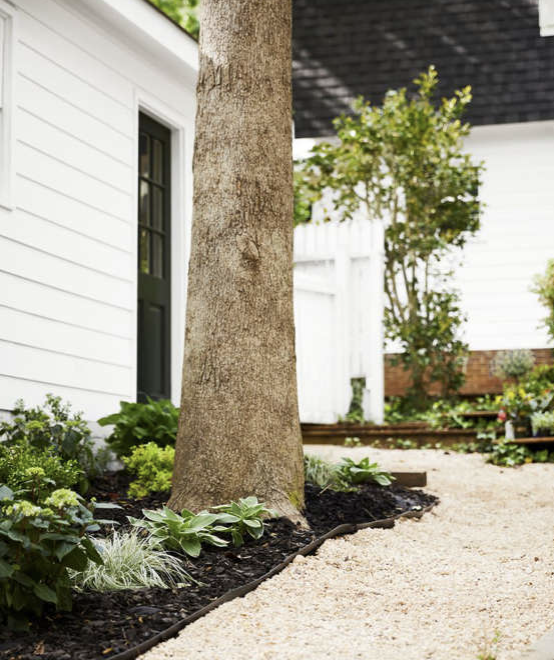A low-water Yardzen yard. The homeowners used their local Cash for Grass rebate to offset the cost of landscaping. Photo by Jenna Peffley
It is an exceptionally dry year throughout the United States. In the West, many states are in “Extreme Drought,” while once-lush pockets of the Midwest and East Coast face historically dry conditions with Michigan and Illinois facing unprecedented “Severe Drought.”
Source: U.S. Drought Monitor for June 2021
Residential homes are one of the biggest water guzzlers in the country. American homeowners use an average of 300 gallons of water every day with over 100 gallons of that going to lawn and plants (US EPA). In arid climates, like much of the West, many homes use over 200 gallons of water every day for their landscaping.
Low-Water Landscaping Decisions
One of the easiest ways to offset your home’s water usage is smart landscaping, so we tapped Yardzen’s Design Director, Kevin Lenhart, for his tips on design decisions you can make in your yard to reverse the impact of drought in your region.
This Yardzen backyard utilizes several lawn replacements, including turf, mulch, gravel, and pavers.
Let your lawn die
Plain and simple! California residents will understand. There are so many ways to create beautiful, functional yards that are water-smart and functional. Consider artificial turf, drought-tolerant native plants, gravel, or even a victory garden. Even if you live in a region that isn’t currently impacted by drought, replacing your lawn with permeable hardscape and climate-adapted plants is a winning solution.
Plant Climate-Adapted Plants
This is the default for us at Yardzen. We launched the American Rewilding Project, encouraging the planting of native plants that already know how to thrive in the climate where you live, and in this case will require less maintenance, thus less water.
Mulch is your friend
Mulch retains moisture in the soil and keeps it cool - reducing the need to water as frequently. Also deters weeds, and hides water-efficient drip irrigation lines.
This Yardzen yard is covered in shade and partial shade. The addition of mulch and gravel throughout the yard makes this space quite low-water. Photo via Country Living
Create shady spaces
Investing in a pergola, a cantilever umbrella, or any efforts to cool down areas otherwise hit by direct sunlight will keep the soil moist for longer, reducing the need to water plants and greenspace. Consider planting trees too, natural shade and leaf canopies can help reduce rain runoff and capture more groundwater over the winter months.
Cover your pool when not in use
This prevents water from evaporating, reducing the number of times you’ll need to refill it.
Consider permeable surfaces when installing a landscape project
Climate researchers believe that drought will continue to get worse throughout the country, so the more groundwater we can capture the better. This helps to build our reserves for dry seasons, while also offering benefits for flood protection and pollution reduction. Our favorite solutions for permeable surfaces include gravel, ground cover, and widely spaced pavers.
Current Restrictions and Rebates
To offset water usage, many cities and counties throughout the country are enforcing stringent water restrictions. In the Bay Area, Marin County is pledging to reduce water consumption by 40% through outdoor water regulations, including strict prohibitions on outdoor watering, bans on power washing and car washing, and mandatory pool covers (see more at SF Gate). Similar restrictions are emerging throughout the Midwest and Southeast, with many cities enforcing fines exceeding $100. It’s important to research your local water regulations.
In addition to water restrictions, many cities and counties incentivize these In addition to restrictions, many counties offer water reduction incentives for your home and yard. Several states have “Cash for Grass” rebates that reward homeowners for removing their lawns, which consume hundreds of gallons of water every day in arid regions.







